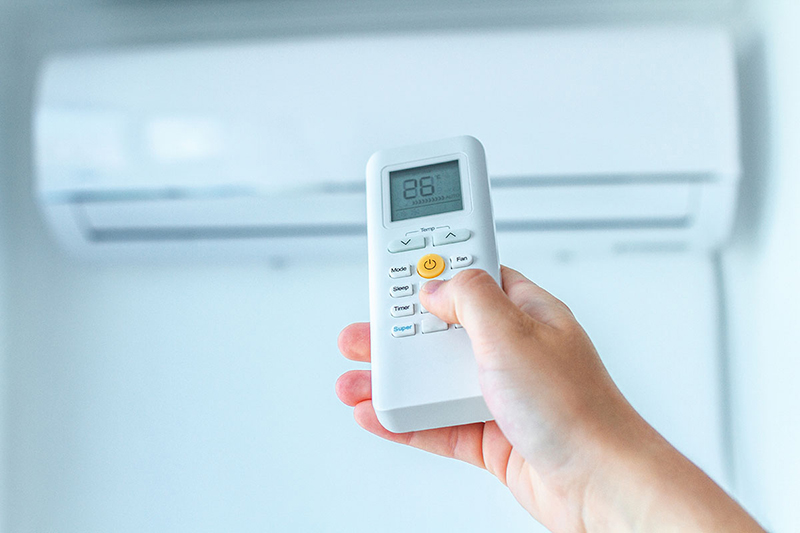
If you know what an air conditioner thermostat is, you may remember that it plays a vital role in your air conditioner’s functioning. Its role isn’t limited to just air conditioners, but other cooling appliances as well, like refrigerators. It’s usually the central control unit for different systems, whether that’s your air conditioner unit, car air conditioner unit, or ambient air control. In an air conditioner’s case, doing without the function of a thermostat is akin to the lack of satisfying temperature levels needed for your comfort. The Types of Air Conditioner Thermostats There are various types of air conditioner thermostats, usually categorised in two groupings: electronic and mechanical. Apart from these, you can also find the modern programmable kind that is typically found in contemporary buildings and houses. For example, you may find this for contemporary Mitsubishi System 2 aircon, Mitsubishi System 3 aircon, Mitsubishi System 4 aircon and Mitsubishi System 5 aircon - basically the full suite. No matter the category or type, they are meant to perform one main function - to regulate and maintain the unit’s cooling capacity at the temperature you desire. Mechanical Thermostats Mechanical thermostats are aplenty and can be found everywhere. In fact, you may have spotted one in your recent stay at a hotel. They can also be toggled easily at the user’s preference. Neither does this type of thermostat turn on and off at one temperature. Rather, it’s more likely to rotate between small temperature increases on either side of the level you adjust to. They are also known to be affordable. Electronic Thermostats Electronic thermostats are regarded as more accurate in controlling the temperature up to a certain degree of precision. These thermostats are frequently used and well-liked by businesses that want to have an automated building management system. Such types typically use an NTC thermistor and possess digital displays, be it LED or LCD to show the temperature levels. It usually shows the temperature you set and sometimes, even the outdoor temperature levels. Some complex systems may even present the error codes that can help you ascertain the type of inner error when it occurs. Compared to mechanical thermostats, these thermostats are pricier. Programmable Thermostats Programmable thermostats are considered the most modern versions of thermostats, highly sought after by modern users. While they have some basic features that a typical electronic thermostat has, programmable thermostats have largely improved features that are bolstered with functional new abilities as well. For example, users can determine various temperature levels at varying times of the day, as well as a smart energy-saving mode to save energy. Think of it like how smart air conditioners work: assessing the temperatures and making its own calculated decisions. It gives you unparalleled control over your air-conditioning system even when you’re not at home. Over time, the energy saved can translate to great savings in your electricity bills.